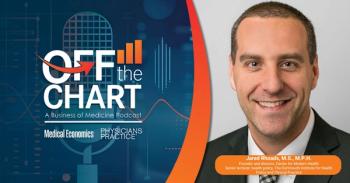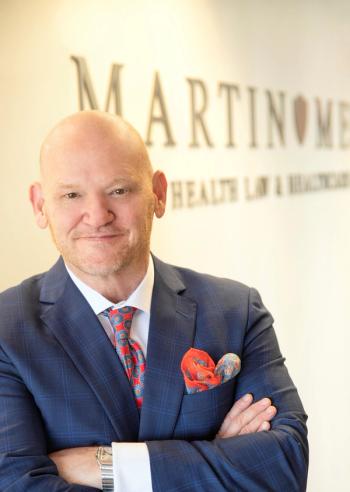
Trendspotter: Hold Onto Your Hat in 2011, It’s Going to Be a Wild Ride
The old order is fading and a new order is starting to take its place. That new environment will reshape medical practice in ways that can be only glimpsed at present. But here are a few predictions for 2011.
It’s been a very interesting year for doctors, to say the least. Highlights included the passage of the Patient Protection and Affordable Care Act; CMS’ adoption of the final rule on showing meaningful use to get government EHR incentives; and a last-minute, one-year reprieve on the scheduled 25 percent cut in Medicare payments. So what does it all mean?
What it means, in short, is that the old order is fading and a new order is starting to take its place. That new environment will reshape medical practice in ways that can be only glimpsed at present. But here are a few predictions for 2011:
• More physicians will go to work for hospitals. AHA statistics indicate that hospitals already employ nearly 200,000 physicians - or roughly
•Some physicians will form their own organizations. By that, I don’t mean a groundswell in large multispecialty groups. Instead, some private-practice physicians will try to
•Payers will emphasize patient-centered medical homes. Some health plans and employers view this trend as a promising way to improve quality and control costs, and they’re providing financial incentives to medical homes. As a result, more and more groups are seeking and obtaining NCQA medical-home
•The EHR adoption rate will rise. Despite substantial government incentives that begin in 2011, the bulk of physicians aren’t yet rushing to buy EHRs. But a confluence of factors may change that over the next few years: The Health IT Regional Extension Centers will start to help more small practices choose and implement EHRs. Federally funded state health information exchanges will help build the infrastructure needed to exchange key patient data. The spread of medical homes and the emergence of ACOs will create an urgent need for electronic data. And patients will demand that their physicians go online with them as their use of the new mobile technologies explodes.
•In-office use of advanced imaging devices will decline. The Deficit Reduction Act of 2005 and the Affordable Care Act both took a whack at physician self-referral to
•Medicare will start to phase in payment bundling. The ACA authorizes a demonstration of
• There will be intense pressure to cut readmissions. Medicare will
So there are my good, bad, and ugly predictions for the upcoming year. You may or may not take these trends seriously and incorporate them in your business plans. But it seems clear that physicians who embrace change will be better prepared to roll with the punches as healthcare reform gathers momentum.
Newsletter
Optimize your practice with the Physicians Practice newsletter, offering management pearls, leadership tips, and business strategies tailored for practice administrators and physicians of any specialty.









